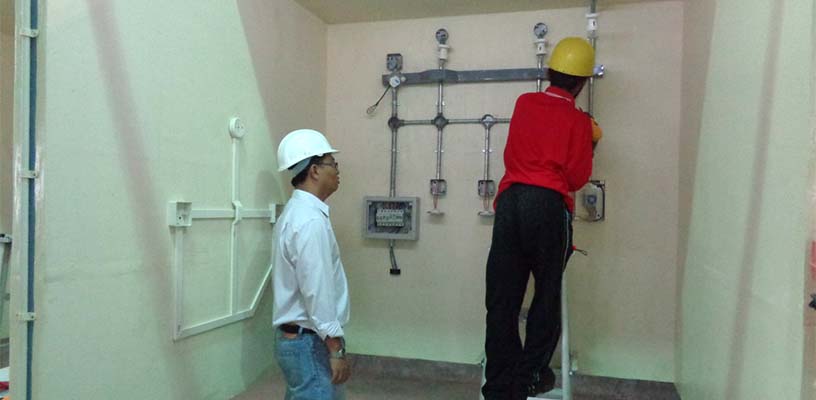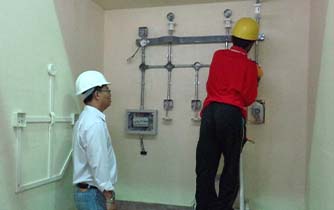Career Opportunities
Graduates of the Assistant Electrician course are well-prepared to enter
the workforce as entry-level electricians. The skills acquired in this
course open up a variety of career opportunities:
- Residential Electrician: Graduates can work as residential
electricians, focusing on the installation and maintenance of
electrical systems in homes. This role involves wiring new homes,
upgrading existing electrical systems, and repairing electrical
issues in residential settings.
- Commercial Electrician: Opportunities also exist in
commercial settings, where electricians install and maintain
electrical systems in office buildings, retail spaces, and other
commercial properties. This role may involve more complex electrical
work, such as installing large lighting systems or connecting
electrical systems to backup generators.
- Industrial Electrician: Industrial electricians work in
factories, plants, and other industrial environments, where they are
responsible for maintaining and repairing the electrical systems
that power machinery and equipment. This role often requires
specialized knowledge of industrial electrical systems and safety
protocols.
- Electrical Apprentice: Many graduates choose to continue
their training as electrical apprentices, working under the guidance
of experienced electricians to gain the experience and knowledge
needed to become fully licensed electricians.
Potential for Growth
The electrical trade offers significant opportunities for career growth.
With experience and additional training, assistant electricians can
advance to higher-level positions, such as journeyman electrician,
master electrician, or electrical contractor. Those who specialize in
areas such as industrial electricity, renewable energy, or smart home
technologies may find even greater opportunities for advancement and
higher earnings.
Conclusion
The Assistant Electrician course provides a solid foundation in a trade
that is essential to modern life. With a strong emphasis on both
theoretical knowledge and practical skills, the course prepares students
to meet the challenges of the electrical industry. Graduates of this
program are well-equipped to enter a field with high demand, excellent
job security, and opportunities for continuous learning and career
advancement. Whether working in residential, commercial, or industrial
settings, assistant electricians play a vital role in ensuring the safe
and efficient operation of electrical systems.
/logo.png) ISO 9001 : 2015
ISO 9001 : 2015






